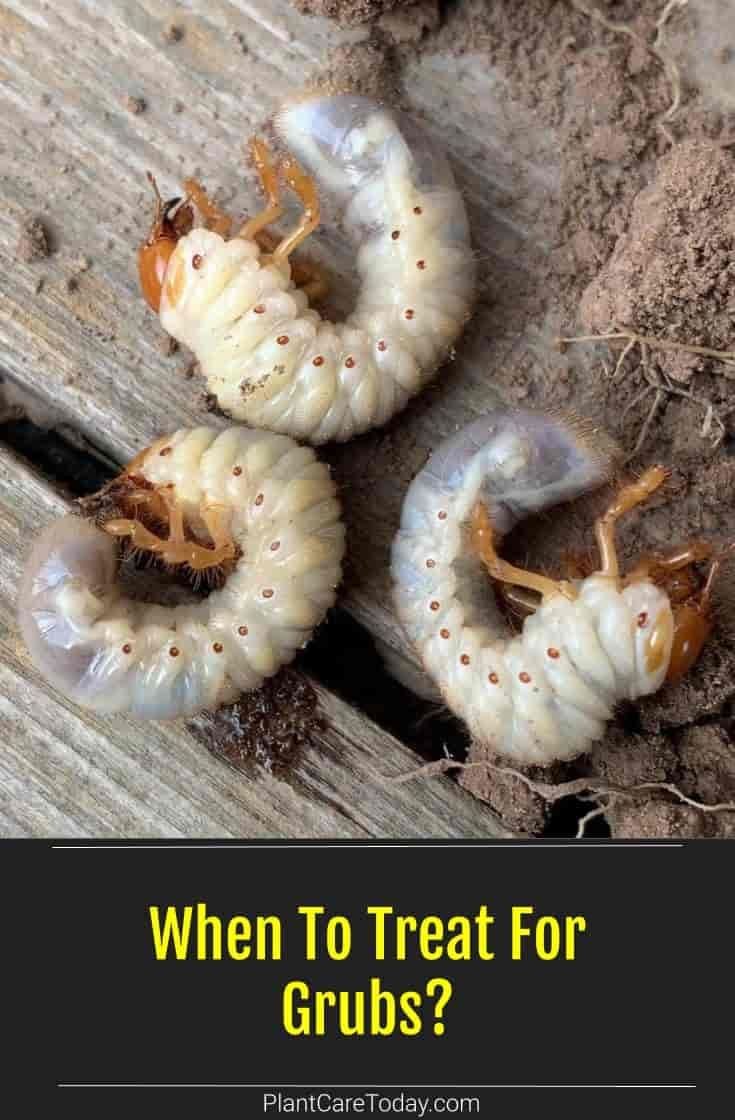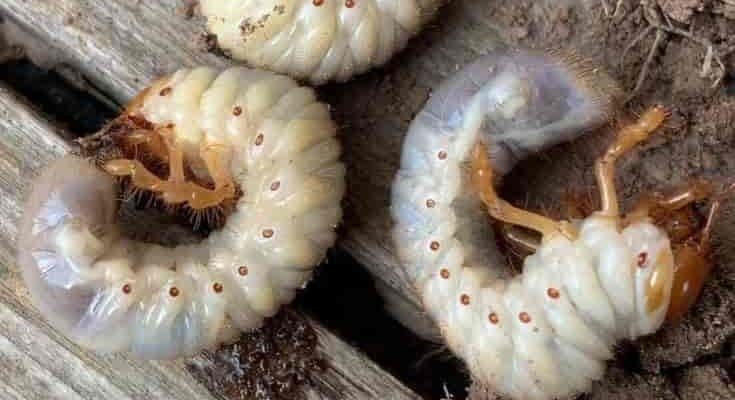
Timing is crucial when it comes to treating grub infestations. You want to hit them when they’re vulnerable, much like trying to catch a cold before it gets bad. Depending on your location and climate, the window for effective treatment can vary. Let’s dive into the best times of year to tackle grub worms and how to keep your lawn healthy and thriving.
Understanding Grub Worms
Before we jump into the timing, it’s important to know what we’re dealing with. Grub worms are the larvae of various beetles, like the Japanese beetle or the June bug. They live in the soil and feast on the roots of grass and plants. This can lead to a lawn that not only looks bad but can also become more prone to diseases and pests.
These little critters typically hatch in late spring and early summer. By the time you see the signs of trouble—yellowing grass or patches of dead lawn—they’ve usually laid eggs again. Understanding their lifecycle will help you know when to spring into action. The larvae start digging deeper into the soil as temperatures drop, making them harder to treat in fall and winter.
When to Treat Grub Worms
The best time to treat for grub worms is often in late summer to early fall. This is when they are still active in the soil but vulnerable to control methods. By applying treatments in August or September, you’re hitting them right before they dig deep for winter dormancy.
Another key time to consider is early spring. Applying a preventive treatment just as the ground begins to warm can stop grubs from developing into adults. You might be wondering, “Can I treat for grubs during other times of the year?” Sure, but effectiveness varies. Treatments applied at this time won’t be as successful in curbing populations already deep in the soil.
Choosing the Right Treatment
Now that you know when to treat, let’s talk about how. There are a few different methods for tackling grubs that can work wonders.
1. **Chemical Treatments**: These are often the go-to for quick results. Products like *imidacloprid* or *chlorantraniliprole* can be mixed with water and sprayed on the lawn. They work effectively when applied at the right time, penetrating the soil to reach those pesky grubs.
2. **Biological Controls**: If you prefer a more natural approach, consider beneficial nematodes. These are microscopic worms that seek out and destroy grub larvae. They’re a great choice if you want to treat your lawn without chemicals and are safe for pets and kids.
3. **Cultural Practices**: Maintaining a healthy lawn through proper watering and fertilization can help prevent grub infestations. Thick, healthy grass is less likely to be affected by grubs in the first place. Think of it as building your lawn’s defenses!
Signs of Grub Infestation
You may be asking, “How do I know if I have grubs?” There are a few telltale signs to keep an eye out for:
– **Yellowing Grass**: If patches of your lawn start to turn brown and die, it could be grubs at work.
– **Sod Pull Test**: Gently pull back a patch of grass. If it lifts easily and there are no deep roots, you may have a grub problem.
– **Increased Animal Activity**: Birds, raccoons, and skunks digging at your lawn can indicate they’re after those tasty grubs.
If you notice any of these signs, it’s time to take action and treat your lawn before the problem worsens.
Weather Conditions Matter
The weather can greatly affect how and when to treat for grubs. For instance, if you’re in a cooler climate, you might want to wait for the soil temperature to warm up to about 65°F before applying treatments. That’s when grubs are most active and easier to target.
Heavy rain can also wash away treatments. If you’ve had a lot of rain recently, it’s best to wait a few days for the soil to dry out. Timing your treatment with favorable weather conditions can make a huge difference in effectiveness.
Follow-Up Care After Treatment
After you’ve treated your lawn, don’t forget about follow-up care. Maintain proper watering—your lawn should be moist, not soggy. This helps the treatment penetrate the soil effectively.
Regular checks for signs of grubs or other pests can help you catch any future infestations early. An integrated pest management approach, combining treatment with cultural practices, will keep your lawn in top shape.
Dealing with grub worms doesn’t have to feel overwhelming. By understanding their lifecycle and knowing the best time to treat for them, you can protect your lawn effectively. Whether you choose chemical treatments or opt for natural solutions, the key is timing.
Remember, a healthy lawn is your best defense against pests. By treating for grubs during late summer and early fall, or early spring, and following up with good lawn care practices, you can enjoy a vibrant, green yard all year long. So grab your gardening gloves and take action—your lawn will thank you!

